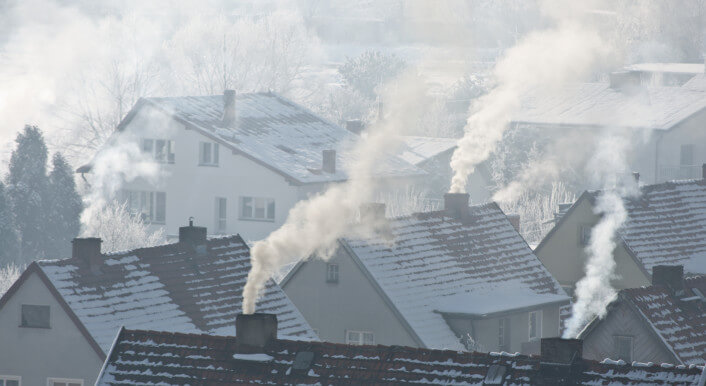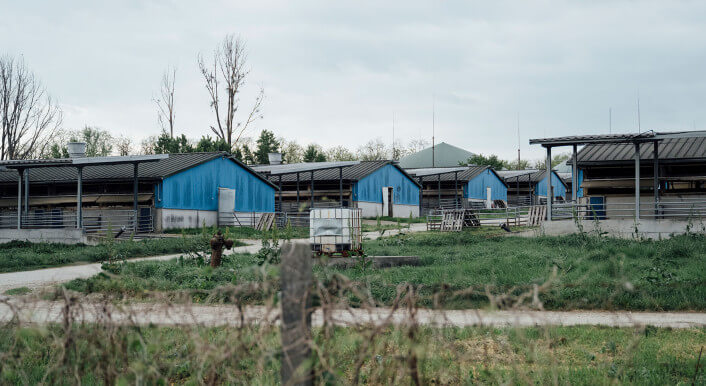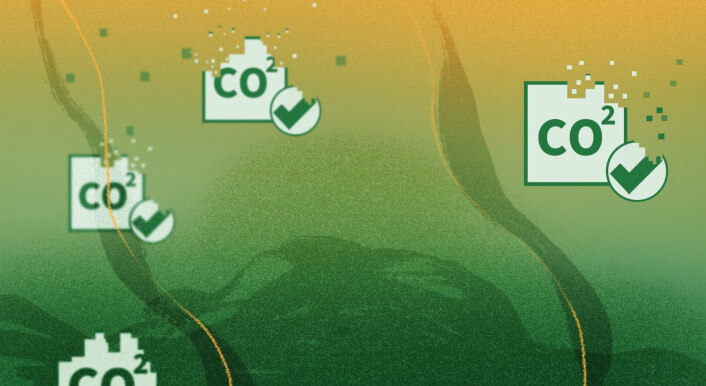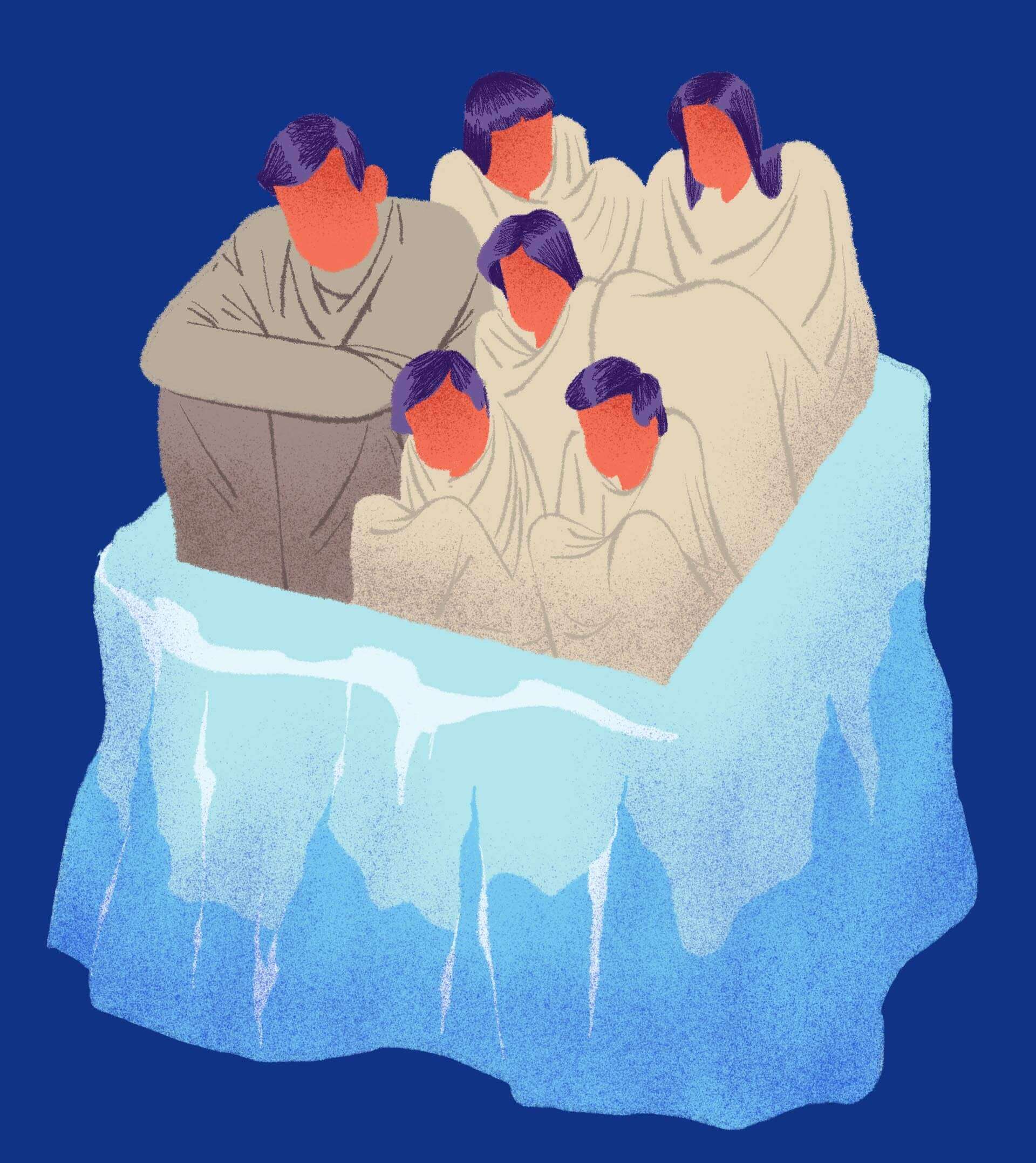Andrea* says her son is lucky, because he goes to school – where the heating is turned on. But 48-year-old Andrea, an early retiree, has no such luck: “I’m always at home. So I’m always cold.”
In Germany, 5.2 million people cannot afford heating – many are freezing. This information ensues from an analysis performed by CORRECTIV.Europe based on data from the statistical office of the European Union (Eurostat) from 2024.
A cold home is a health risk, says Boris Kingma, thermophysiologist at the Netherlands Organisation for Applied Scientific Research: “You can protect yourself from the cold with clothing, but if the living space is not heated, the body can no longer recover from the stress caused by extensive exposure to the cold.” People in cold and damp homes have an increased risk not only of mental illness but also of cardiovascular disease – such as heart attacks – and chronic respiratory infections. All these can lead to an inability to work, reduced wellbeing and even premature death.
“The inability to heat living spaces needs to be taken seriously,” says Kingma. “Not only for the health of millions of people, but at a certain point also for the economy of a country – even the whole of Europe.”
In almost all EU countries, including Germany, the number of those affected has risen since 2021. The current data used in the European comparison are from 2023. For Germany, the figures for 2024 are already available; these indicate that 6.2 per cent of the population is affected. Whilst this represents a decrease compared to 2023, the proportion is nevertheless significantly higher than before the energy crisis (in 2021 it was 3.3 per cent). At 12.2 per cent, Bremen has the largest proportion of unheated homes, followed by Saarland (11.1 per cent), the administrative district of Arnsberg in North Rhine-Westphalia (9.6 per cent) and southern Rhineland-Palatinate (9.5 per cent). The smallest proportion is in the Upper Palatinate (1.4 per cent).
In the EU-wide survey conducted by Eurostat, participants were asked whether their household could afford the adequately heat the home. No fixed temperature was specified; answers are based on self-assessment. Affected people include both those heating their homes insufficently and those who cannot heat at all. The Deutsche Mieterbund (German Tenants’ Association) and the Umweltbundesamt (German Federal Environment Agency) both recommend a minimum temperature of 20 degrees Celsius in living spaces.
The analysis performed by CORRECTIV.Europe reveals the high absolute number of people affected – and the importance of instigating countermeasures. In recent weeks we have spoken to various individuals among the millions of affected. Their stories are alarming: many are freezing out of fear of the next heating bill. Some report temperatures of 10 to 15 degrees in their living spaces. Or that they are forced to cut back on food to be able to afford even a little heating. In addition to suffering physical and psychological stress, some people also report feelings of isolation as a consequence. We went out to visit one of these people.
A cold January day in a half-timbered village near Kassel: Andrea is perched on the sofa in her living room dressed in thermal leggings and a woollen jumper. She is wearing two pairs of woollen socks and has her feet tucked under her body. “Come here my little Smurf,” she lovingly greets her eleven-year-old son, Ben*. With Ben engrossed in a game on his mobile phone, Andrea begins to explain their situation: “It’s worst in the morning”. This is the time of day she airs the house to prevent mould from forming, then gets dressed as quickly as possible. She is only able to shower once or twice a week, but at least with the luxury warm water.
Andrea is chronically ill, hence her early retirement. A letter from the social welfare office confirms this. She suffers from acne inversa: excruciating inflammations repeatedly form under her skin, requiring operations. The letter further references: depression, thyroid dysfunction and a spinal condition. Last week there was a heavy frost overnight, and in the morning, Andrea discovered frost patterns on her single-glazed kitchen window. Her bones often ache from the cold. Since Ben caught colds so often last winter, she resolved to heat her home at least sometimes this winter. But the fear of having to pay extra heating costs weighs heavy on her mind.







